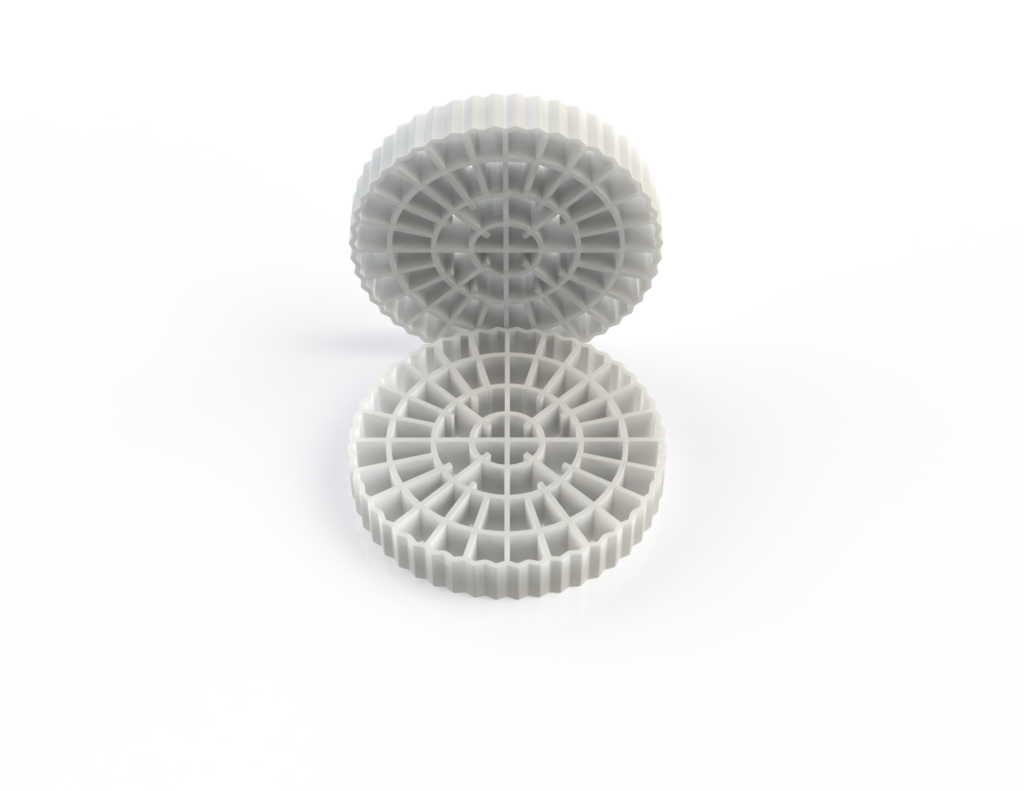

Sand filters and carbon filters are both important parts of water treatment systems
Sand filters are better at removing larger particles, while carbon filters are better at removing organic compounds and chemicals
Sand filters are used in many types of filtration systems, including:
Wastewater treatment
Commercial and industrial applications
Drinking water purification
Swimming pool filtration
Membrane (pre-filtration)
Grey/surface water filtration
Aquaculture seawater
Sand filters work by slowly sinking water through the sand, leaving dirt particles behind in the sand’s fine pores. The yield of a sand filter is determined by two functions: surface filtration and depth filtration.
Carbon filters remove contaminants through adsorption, which means that contaminants are attracted to and held to the surface of the activated carbon. Carbon filters can also act as a catalyst to change the chemical composition of some contaminants.
Carbon filters can remove up to 99% of organic compounds contaminating water. They play a crucial role in the process of water purification by removing unwanted chemicals and organic compounds like chlorine, pesticides, and other Volatile Organic Compounds (VOCs)


